

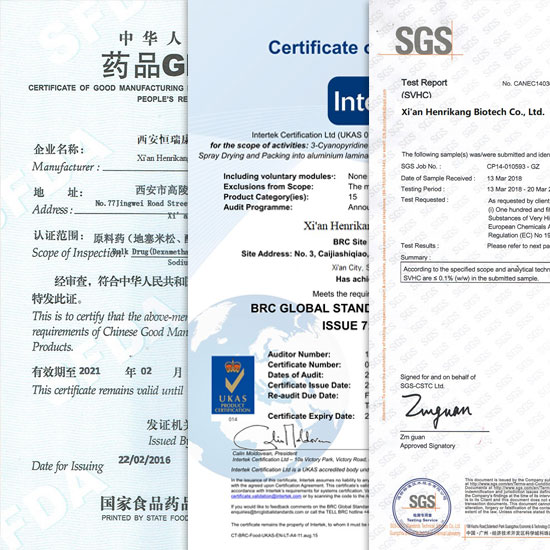



Related Attributes
Product details
| Product Name | Herbal Supplements Nicotinic acid powder CAS 59-67-6 Skin Whitening vitamin b3 niacin |
| Appearance | White powder |
| CAS No. | 59-67-6 |
| MF | C6H5NO2 |
| Purity | 99% min vitamin b3 niacin |
| Keywords | vitamin b3 niacin,niacin powder,Nicotinic acid |
| Storage | Keep in a cool, dry, dark location in a tightly sealed container or cylinder. |
| Shelf Life | 24 Months |
| If you need more information, please contact us. >> |
Niacin is a precursor of the coenzymes NAD and NADP. It is widely distributed in nature and is found in abundance in liver, fish, yeast and cereals. Dietary deficiencies have been associated with pellagra. The term "niacin" is also used for niacinamide or other derivatives with niacin bioactivity. Vitamin (enzyme cofactor).Lieferung von Nikotinsäure (Vitamin B3) Pulver in Hochwertiger Pharmazeutischer Qualität (CAS 59-67-6)
Niacin is mainly used as feed additives, which can improve the utilisation rate of feed protein, milk production of dairy cows and meat production and quality of fish, chickens, ducks, cows, sheep and other livestock. Suministro de Ácido Nicotínico (Vitamina B3) en Polvo de Alto Grado Farmacéutico (CAS 59-67-6)
Nicotinic acid is also a widely used pharmaceutical intermediates, with its raw materials, can be synthesised into a variety of pharmaceuticals, such as nicosamide and nicotinic acid inositol ester.
In addition, nicotinic acid also plays an irreplaceable role in luminescent materials, dyes, electroplating industry and other fields.Fornecimento de Ácido Nicotínico (Vitamina B3) Pó de Alto Grau Farmacêutico (CAS 59-67-6)
Uses and functions of Nicotinic acid.
This product is a vitamin drug, and niacinamide collectively known as vitamin PP, used for anti-hirsutism, can also be used as blood expansion drugs, a large number of food and feed additives.
As a pharmaceutical intermediate, it is used in the production of isoniazid, nicotinamide, nicosamide and inositol nicotinate.Поставка порошка никотиновой кислоты (витамин B3) высшего фармацевтического качества (CAS 59-67-6)
Niacin is an important hydrogen transporter and anti-mange factor in the organism, maintains the health of skin and nerves, and promotes the role of digestion. Dosage 30-80mg/kg.
Niacin is an important hydrogen transporter and anti-mange factor in organism tissues, maintaining skin and nerve health and promoting digestion.
China's regulations can be used to fortify cereals and their products, the use of 40-50mg/kg; in the fortification of baby food use 30-40mg/kg; in the drinking liquid and milk drinks use 10-40mg/kg.
In addition, it can be used as feed additives and colouring auxiliaries for meat products.
Niacin vs Niacinamide
| Comparison Dimensions | Niacin | Niacinamide |
|---|---|---|
| Mechanism of Action | 1. Directly activates G protein-coupled receptors to regulate lipid metabolism; 2. Converted into niacinamide, participates in nicotinamide adenine dinucleotide (NAD) synthesis (maintains cellular energy). |
1. Does not directly act on lipid receptors; must first convert to NAD; 2. Core function is as a precursor to NAD, supporting cellular repair and energy metabolism. |
| Lipid-lowering effect | Significant. High doses (1-3g/day) reduce “low-density lipoprotein (bad cholesterol)” and triglycerides while increasing “high-density lipoprotein (good cholesterol)”, serving as a clinically proven adjunct lipid-lowering agent. | None. Even at high doses, it does not affect lipid levels and is used solely for vitamin B3 supplementation. |
| Side Effects | Noticeable “flushing” (90% of users experience): facial/neck warmth, itching, tingling (caused by vasodilation, resolves in 15-30 minutes); high doses may cause liver damage or hyperglycemia. | No flushing. Exceptionally well-tolerated; no significant side effects at standard doses (100-500mg/day), with high long-term safety. |
| Absorption and Metabolism | Rapid absorption after oral intake, though efficiency decreases at high doses; requires conversion to nicotinamide in the liver for core physiological functions. | More stable absorption; directly participates in NAD synthesis without liver conversion, resulting in lower metabolic burden. |
| Natural Food Sources | Rich sources: animal liver, lean pork, tuna, peanuts, whole grains, legumes | Less abundant in natural foods; primarily generated from niacin conversion within the body; present in small amounts in dairy products and eggs |
Function of Nicotinic acid.
Constitutes nicotinamide adenine dinucleotide (Coenzyme I, NAD+ or CoI) and nicotinamide adenine dinucleotide phosphate (Coenzyme 11, NADP+ or CoII) Nicotinamide binds to adenine, ribose, and phosphoric acid in vivo to constitute nicotinamide adenine dinucleotide and nicotinamide adenine dinucleotide phosphate, which act as electron carriers or hydrogen transporters in biological redox reactions that depend on molecular structure Nicotinamide part.
The nicotinamide pyridine ring has reversible hydrogen- and electron-addition and dehydrodegeneration properties, transferring hydrogen and electrons during enzymatic reactions. Glucose Tolerance Factor (GTF) is a complex of trivalent chromium, niacin, and glutathione, and is an insulin cofactor that increases glucose utilisation and promotes the conversion of glucose to fat.
Niacin reduces blood cholesterol, triglyceride and beta-lipoprotein concentrations and dilates blood vessels.
Product Method of Bulk Nicotinic acid Powder.
It is obtained from 3-methylpyridine by oxidation and acidification. Another method using 3-methylpyridine as feedstock is gas phase oxidation with ammonia. Using a fluidised bed reactor, 3-methylpyridine, air and ammonia are mixed proportionally and reacted at 290-360 under the action of a vanadium catalyst.
The fumonisole obtained was hydrolysed with sodium hydroxide at 160°C. If the hydrolysis is carried out with ammonia, the solubility of the hydrolysis is controlled to obtain nicotinic acid or nicotinamide, respectively. Nicotinic acid can also be produced from nicotine (tobacco).
Fluidised bed reactor is used, with ferric ammonium citrate as catalyst, and gas phase oxidation with air at 65-105 °C.
Nicotinic acid can also be produced industrially from quinoline, which is commonly oxidised and decarboxylated by ozone or oxidised and decarboxylated by nitric acid.
FAQ
Q: Are niacin and niacinamide interchangeable?
A: No, not for specific functions. Both possess vitamin activity to prevent pellagra. However, only niacin (nicotinic acid) has the ability to lower LDL (bad) cholesterol, raise HDL (good) cholesterol, and cause flushing. Niacinamide does not exhibit these effects. Select based on your product objectives.
Q: How can niacin flushing be minimized?
A: Common strategies include:
Take with meals: Consuming with food slows absorption.
Start with low doses: Begin at 100-250 mg daily, gradually increasing to allow adaptation.
Choose sustained-release formulations: This is the most effective method for reducing flushing.
Taking aspirin: Under medical supervision, taking low-dose aspirin 30 minutes prior may be effective.
Q: What is the recommended daily dose for niacin?
A: This depends on the application purpose:
Nutritional fortification/deficiency prevention: Typically 10-20 mg daily per European and US regulations.
Cardiovascular health support: As a supplement, common doses range from 500-2000 mg daily and must be taken under medical supervision.
Q: Minimum Order Quantity (MOQ) and sample policy?
A: Our standard MOQ is 25 kg (one standard package). We offer 1 kg paid samples to clients with genuine cooperation intent for your quality assessment and preliminary testing.
Our Strengths
Henrikang possesses the capability to manufacture any capsule formulation. From sourcing every ingredient in your formula to post-filling inspection, we handle the entire process at optimal pricing and with the fastest turnaround times.
With extensive experience, we can assist you in developing new products for your target audience or discuss how to scale production efficiently. As your partner, we are committed to achieving long-term success in capsule manufacturing.
As a leading OEM manufacturer of nutritional supplement ingredients and branded products in China, we hold certifications including ISO 22000, ISO 9001, HACCP, GMP, Halal, CE, CE-ROHS, Kosher, SGS, Intertek, Eurofins, and GMP. Our facility has passed FDA inspection and completed registration.
WHY CHOOES US?
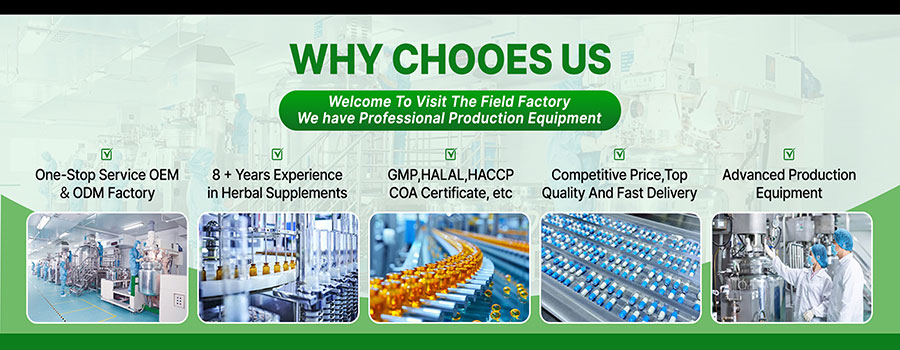
OUR CERTIFICATE
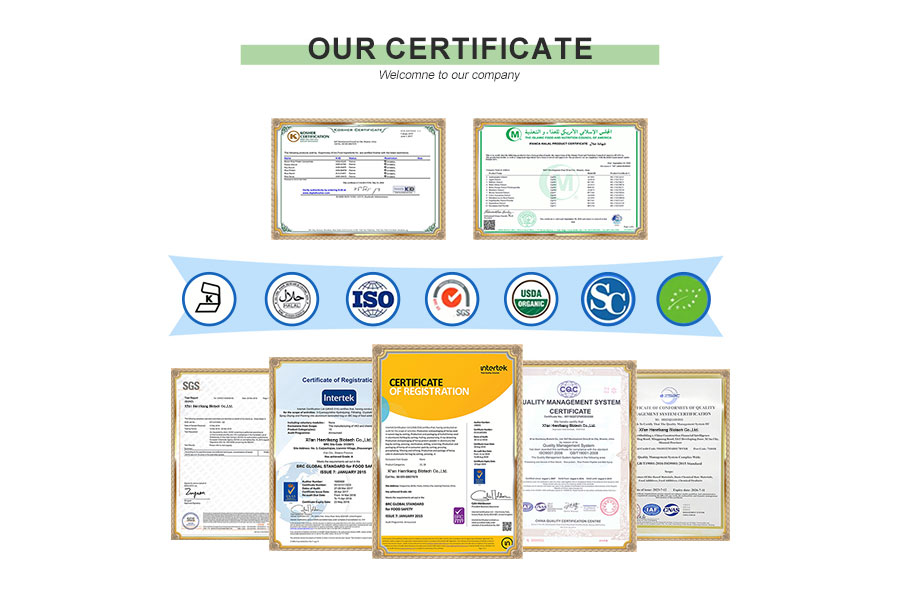
CUSTOM PROCESS

OUR PACKAGE
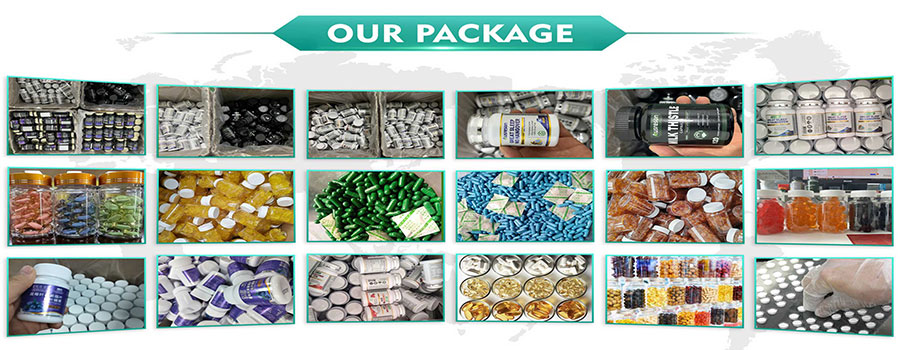
OUR EXHIBITION

OUR FACTORY
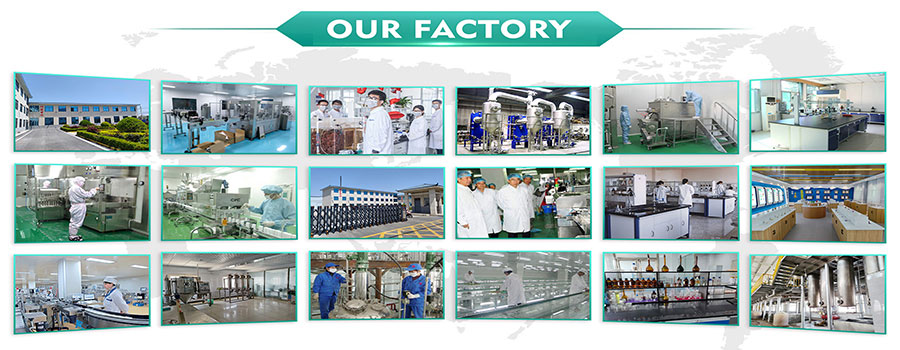
Shipping
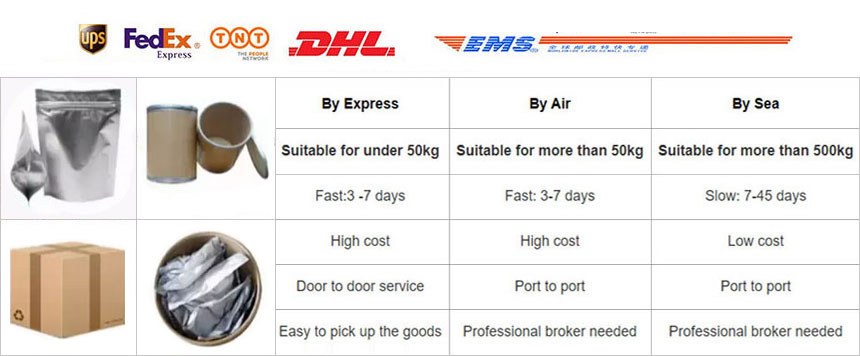
Pharmaceutical Intermediate manufacturers
©2022 Xi'an Henrikang Biotech Co., Ltd.,